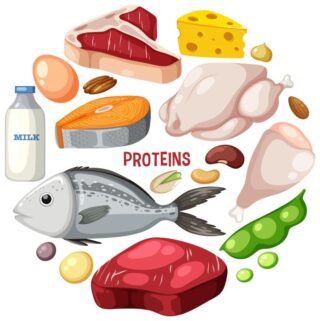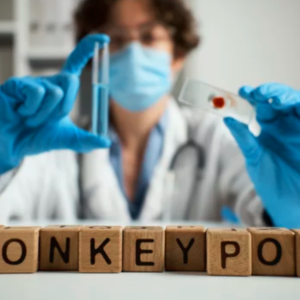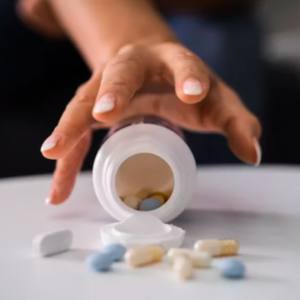How do antibiotics work?

Not all antibiotics are created equal! For many years scientists have studied ways to tailor antibiotics to kill specific bacteria without killing others. This type of work is ongoing and painstaking, but incredibly beneficial to society as a whole to prevent antibiotic resistance. The mechanism of action of antibiotics varies by class of the medication, and they are formulated to attack the structures and behaviors of their target bacteria. It is important to keep in mind that some antibiotics kill bacteria, while others stop the replication of them. Choosing the correct antibiotic for an infection is a multistep process.
Not all bacteria are equal! There are many categories of bacteria based on their shape, wall structures (or lack thereof), and ability to use oxygen. There are 5 main mechanisms of antibiotic action against bacterial cells:
- Inhibition of Cell Wall Synthesis (most common mechanism)
-Interferes with the bacterial cell’s ability to build a cell wall
- Inhibition of Protein Synthesis (second largest class)
-Interferes with the bacterial cell’s ability to make proteins
- Alteration of Cell Membranes
-Act to degrade the membranes of cells
- Inhibition of Nucleic Acid Synthesis
-Disrupt the formation of DNA inside the bacterial cell
- Antimetabolite Activity
-Prevents the bacterial cell from making folic acid, an important vitamin
Some bacteria have defense mechanisms that keep them from being killed by certain classes of antibiotics, which is one of the reasons there are many types on the market. Medication adherence and education on the types of antibiotics is an important part of staying healthy and preventing resistance.

This article reviewed by Dr. Jim Liu, MD and Ms. Deb Dooley, APRN.
There’s nothing more important than our good health – that’s our principal capital asset.
#medical #telehealth #umedoc










